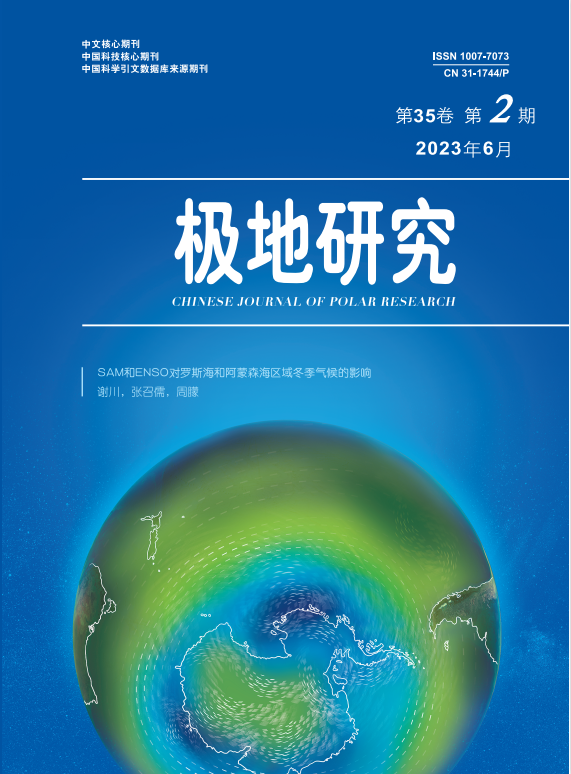|
|
Comparison and evaluation of multi-source Arctic snow depth data and its impact on the estimation of sea ice thickness
Zhou Yi, Wei Meiyi, Zhang Yu, Chen Changsheng, Xu Danya
2023, 35 (2):
212-237.
DOI: 10.13679/j.jdyj.20220103
Snow depth is one of the important parameters for estimating sea ice thickness. However, there are few studies on the accuracy of different snow depth products and their applicable range, and there is also a lack of systematic cognition. In this study, eleven kinds of Arctic snow depth products are selected and divided into two evaluation periods, 2013–2018 and 2018–2019, according to different time ranges of the products. Based on this time period, the differences between the products were compared and evaluated against the in-situ observational data of “Operation IceBridge” and sea ice mass balance buoys. All products show that the snow depth is thicker in the north of Greenland and the Canadian Arctic Archipelago, and thinner along the East Siberian Sea, Laptev Sea, Kara Sea and Barents Sea. However, there are still larger differences in temporal and spatial changes of some products. Compared with the observational data of “Operation IceBridge”, most of the products are thicker. AMSR2B and IS2/CS2 have smaller difference and match better in the periods of 2013–2018 and 2018–2019 respectively. Compared with the observational data of sea ice mass balance buoys, most of the products are thinner and have larger differences. NESOSIM has a better fitting degree in the whole period. The retrieved results of sea ice thickness using snow depth of different products are significantly different. Compared with the observational data of “Operation IceBridge”, FY3B/MWRI and IS2/CS2 have the best fitting in the periods of 2013–2018 and 2018–2019, respectively. Based on the validation results of snow depth and sea ice thickness, empirical passive microwave remote sensing, satellite altimetry and combined AMSR/AVHRR have a better fitting degree, and the accuracy of snow depth reanalysis model products still needs to be further improved.
References |
Related Articles |
Metrics
|

